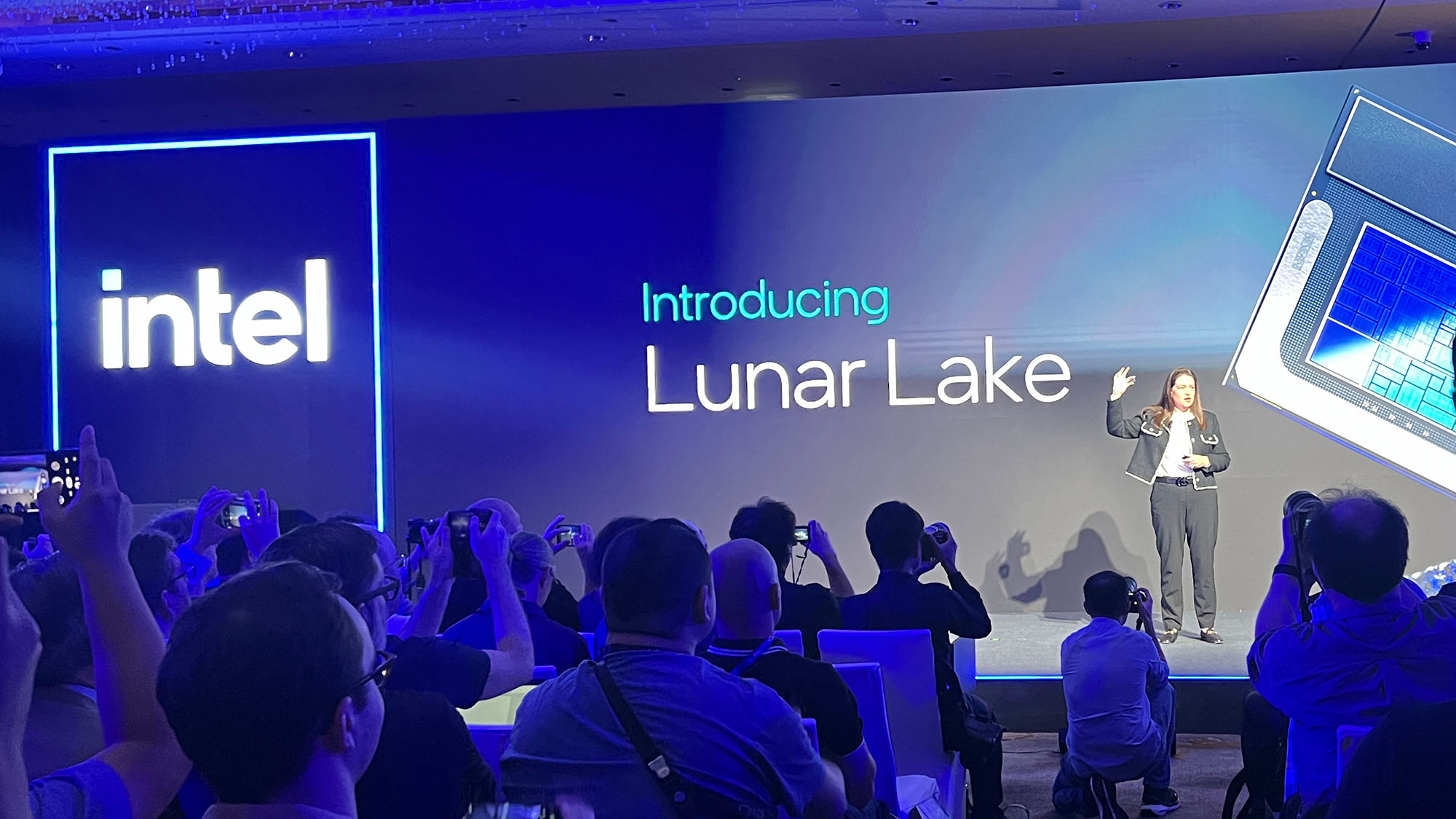What if I advised you that there was a option to make the standard of films and TV exhibits you watch via the finest streaming providers higher, even when your Wi-Fi isn’t the best? It sounds excellent, proper? Nicely, I’ve bought some excellent news and dangerous information…
The excellent news is that the next-gen video codec, Versatile Video Codec (VVC), also referred to as H.266, has arrived in Intel’s newest chips (as reported by FlatpanelsHD). The dangerous information? These chips, that are a part of the Intel Core 200 collection launched at IFA 2024 (also referred to as Lunar Lake, that are set to do battle with AMD and Qualcomm), are coming first to a spread of “AI PC’s” from the likes of Lenovo, Asus, Acer, Dell, Samsung and extra on the finish of September 2024.
Whereas no official announcement has been made about when these chips will arrive in TVs, we’re hopeful that it’s going to ultimately, as a result of it could enhance video encoding by making it extra environment friendly, which might end in higher high quality video streaming, even for these with sub-par Wi-Fi energy. The unlucky actuality, nonetheless, is that we’re unlikely to see VVC in TVs any time quickly.

At present, TVs use the older Excessive Effectivity Video Encoding (HEVC), or H.265, and in some instances the upper high quality AOMedia Video 1 (AV1) video codec. These video codecs compress video recordsdata to make them simpler to ship over the web, with the AV1 providing greater effectivity and higher video high quality over decrease bitrates, which leads to smoother streaming. However, AV1 does carry out at a slower pace and have longer encoding instances because of its advanced algorithms.
HEVC has been in use on TVs for years and AV1 was ultimately launched first to 8K TVs – just like the finest 8K TVs – in 2020 after which in 4K TVs in 2021. A number of the finest TVs from the likes of Sony and Samsung additionally assist it, whereas others continued to make use of HEVC. With that being mentioned, simply how a lot better might VVC be and what impression might it make?
A hope for the way forward for streaming
In accordance with the report by FlatpanelsHD, VVC has been discovered to supply 30-50% extra compression effectivity than HEVC and 10-20% greater than AV1 at 4K decision. In the meantime, with 8K decision, VVC is alleged to supply 50-60% extra effectivity than HEVC and 20-30% greater than AV1. Bitmovin examined HEVC towards VVC by itself Bitmovin Participant app and located that VVC carried out higher with quicker shifting scenes and confirmed extra detailing when put next with the identical scene by way of the HEVC codec.
This discount in bitrate implies that greater high quality movies might be performed again with out taking on as a lot information, which as soon as once more means individuals with weaker Wi-Fi can nonetheless take pleasure in high-quality 4K and 8K (when it turns into obtainable) streaming. However, it additionally ought to imply an enchancment in efficiency, with much less buffering for these with slower Wi-Fi as properly. Plus, it’s nice information for streaming providers because the improved effectivity of VVC means much less bandwidth prices, which is able to seemingly be welcomed with open arms.

One of the crucial irritating issues about streaming is the generally inconsistent video high quality. If you happen to’re watching one of many finest Netflix films, for instance, the very last thing you need is a drop in high quality, leading to fuzzy textures and washed out colours and distinction.
As I found when I examined Blu-ray vs Netflix and Disney Plus, streaming already has an obstacle, often topping out at a bitrate of 25Mbps throughout a 4K stream (Apple TV Plus can do 40Mbps), in comparison with a 4K Blu-ray, which runs at about 128Mbps. This implies 4K streams run at about the identical high quality as a HD (1080p) Blu-ray, so think about that being affected even additional by a much less environment friendly codec. The implementation of VVC gained’t routinely imply 4K streaming is as excessive a high quality as 4K Blu-ray, nevertheless it might at the very least make 4K, and even 8K streaming in future, a greater expertise.
Well worth the wait
Though it’s estimated that it may very well be some time earlier than we see VVC carried out absolutely throughout TVs and streaming platforms, doubtlessly years, VVC on the floor appears to be like like it will likely be definitely worth the wait. With streaming service costs persistently rising, with the likes of Disney Plus, ESPN Plus and Hulu growing costs, one other anticipated Netflix worth hike and Max additionally elevating its personal costs simply to call a couple of examples, the least we will anticipate is constant efficiency and high quality.
With the VVC codec, it feels like we may very well be not off course. Normal checks have discovered that its greater effectivity over the HEVC are important and though it’s a better competitors between AV1 and VVC (in line with experiences from WinXDVD) , VVC appears to be like extra more likely to be adopted by TVs in future, which is sweet information for streaming providers trying to enhance effectivity and in flip prices.

That is in fact good news for customers as properly. If you happen to’re sitting at dwelling with one of many finest OLED TVs, you’re going to need the very best quality attainable when streaming. So, though it is probably not on the horizon simply but, the combination into Intel’s Lunar Lake chips is an efficient signal of wider industrial use and that hopefully imply TVs are subsequent. Now, we play the ready recreation.

